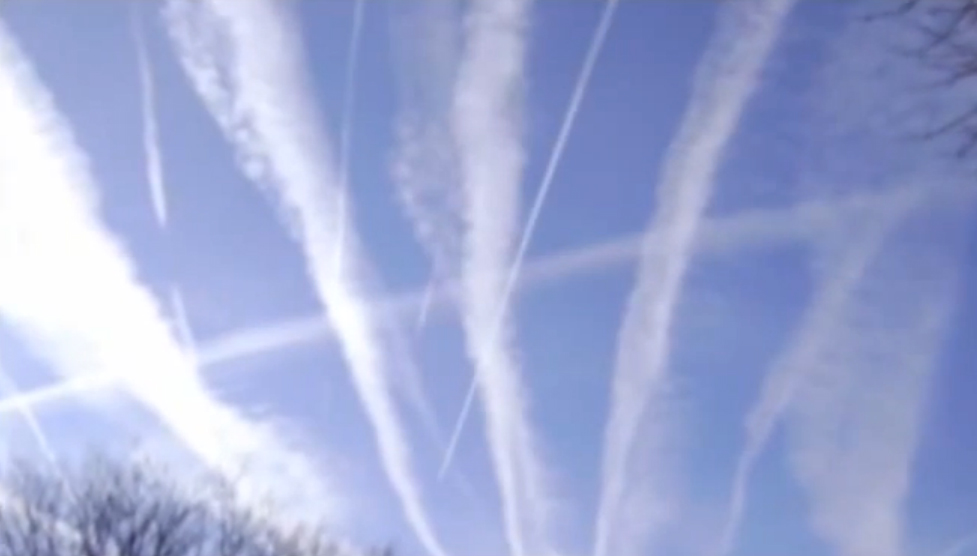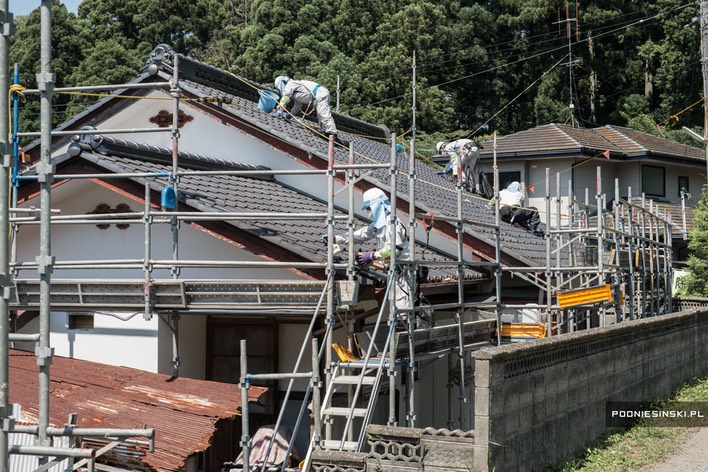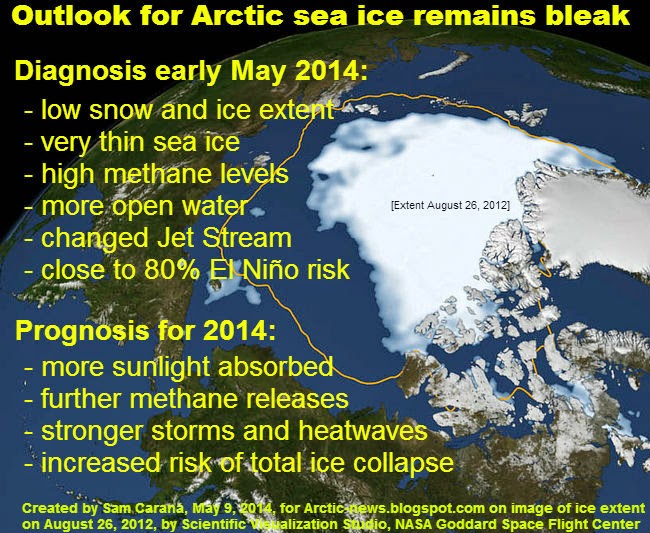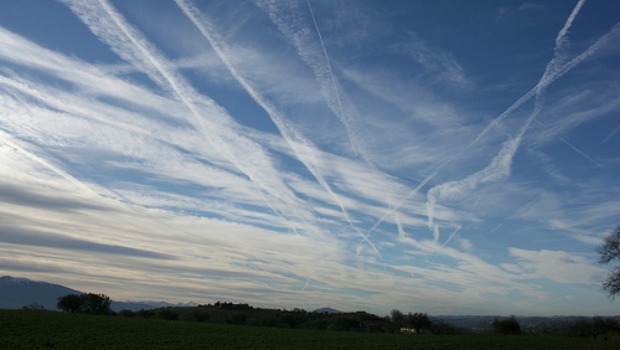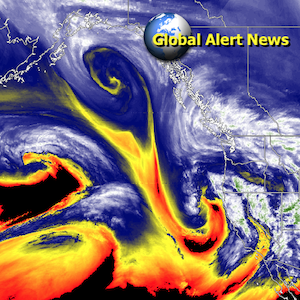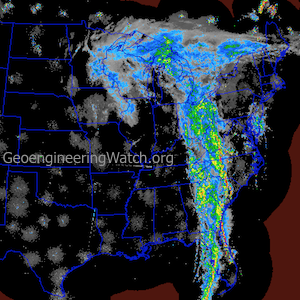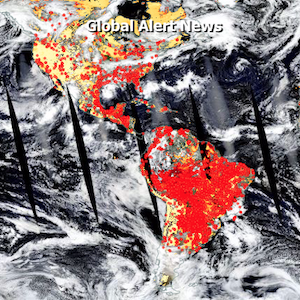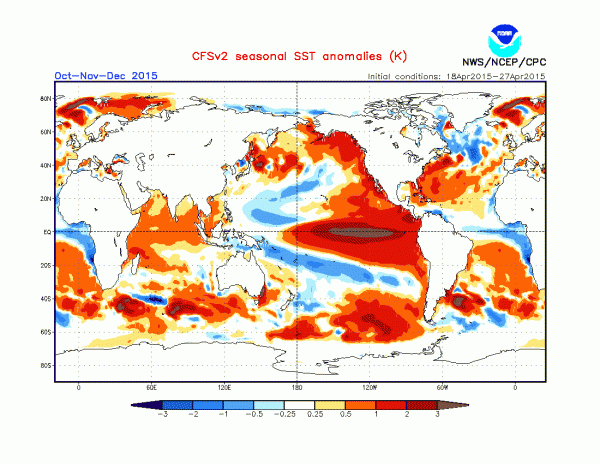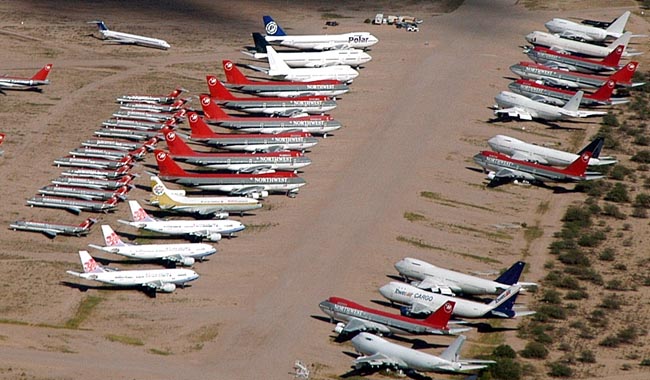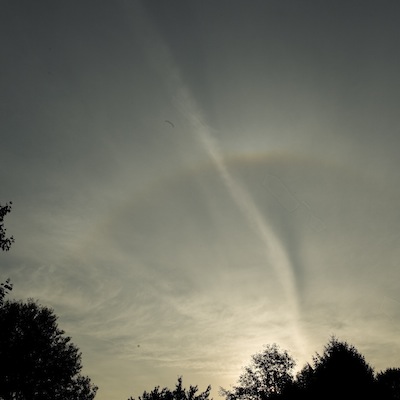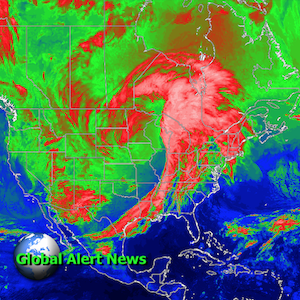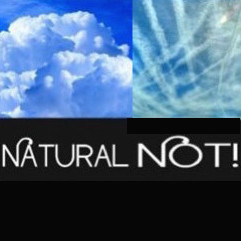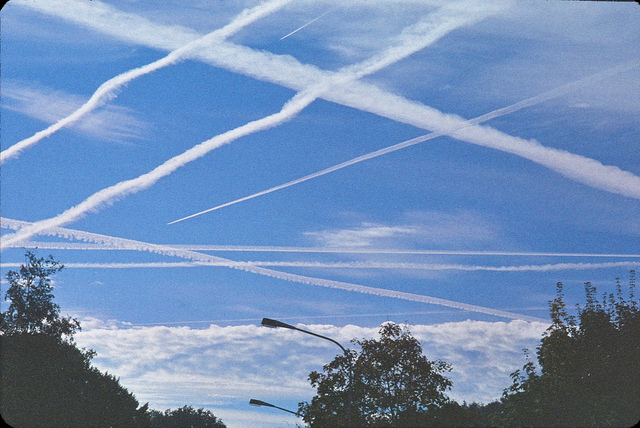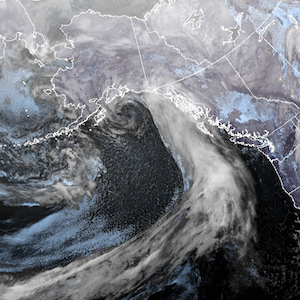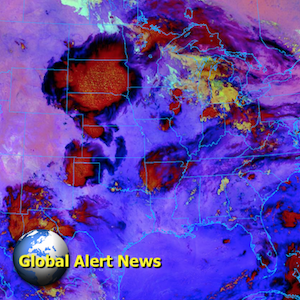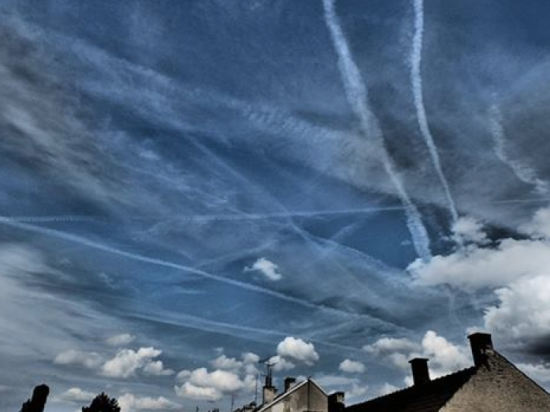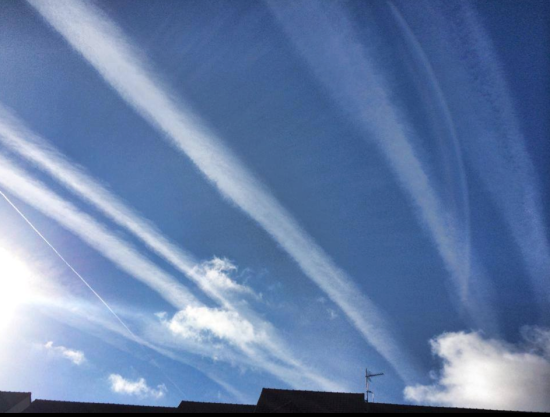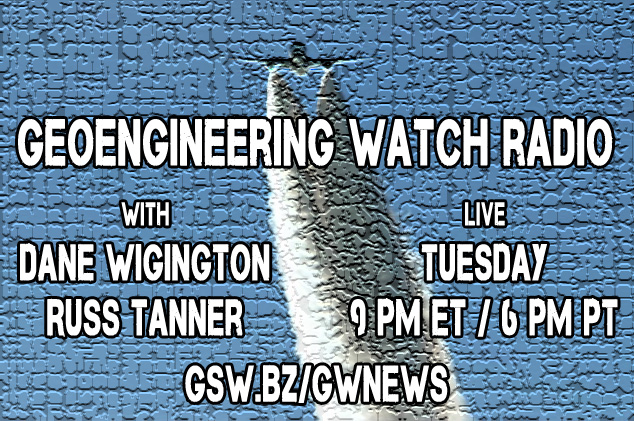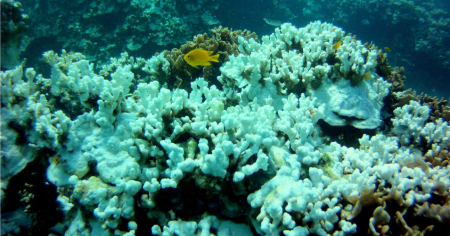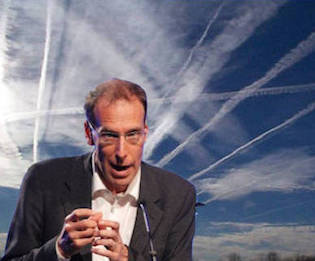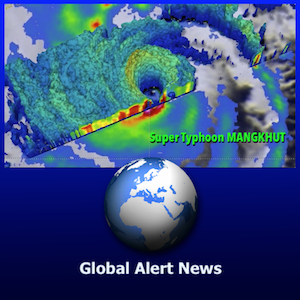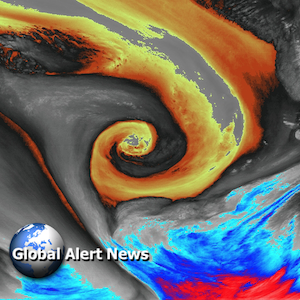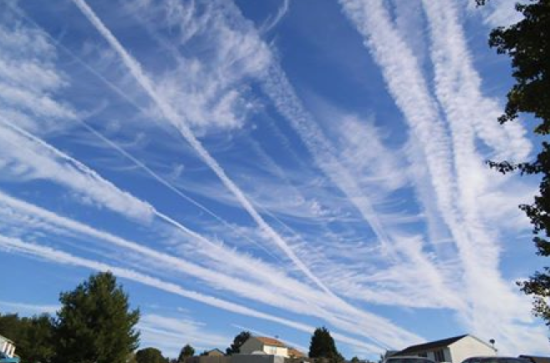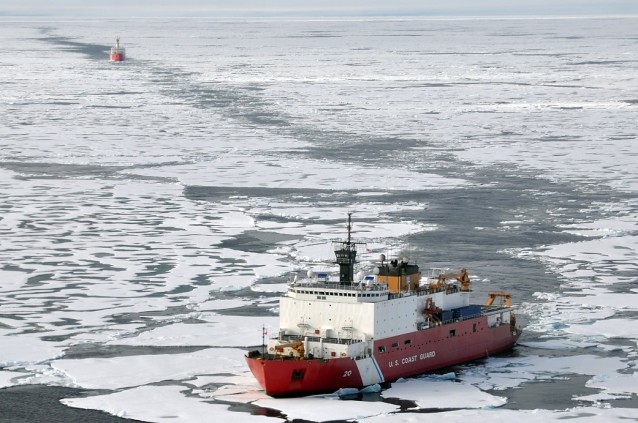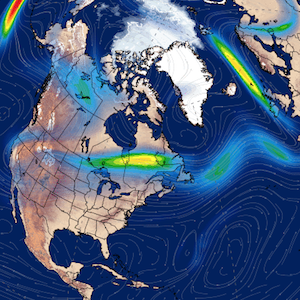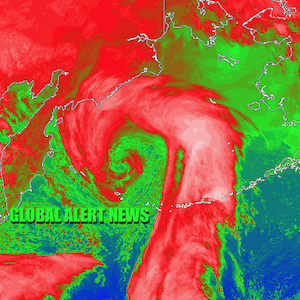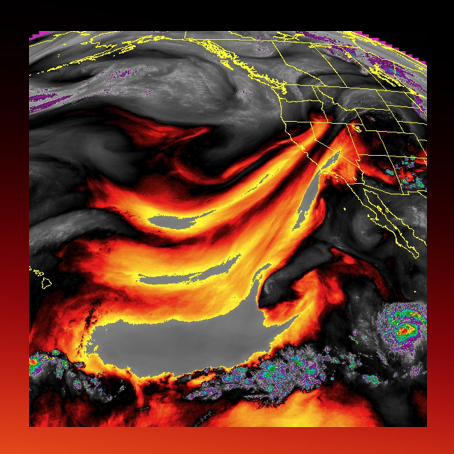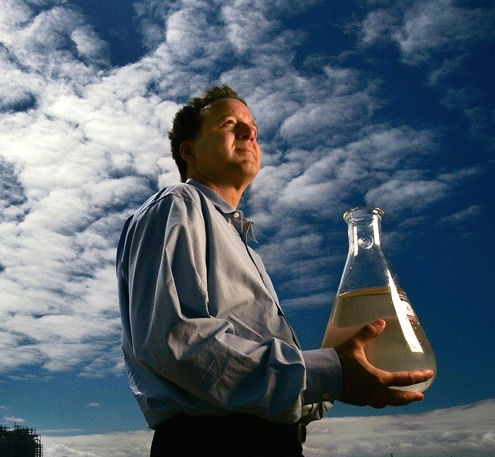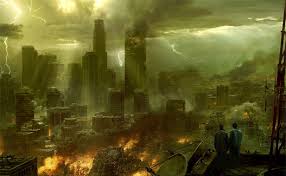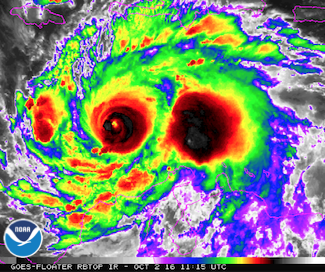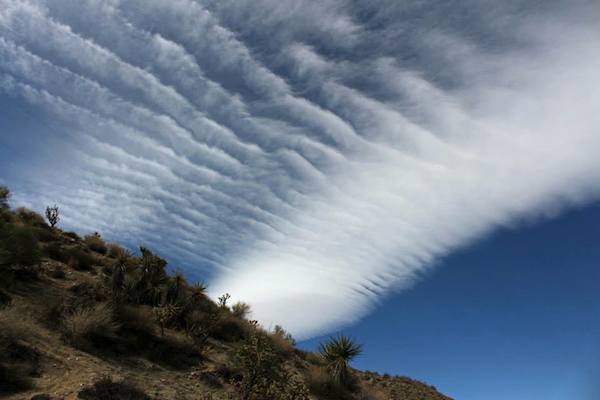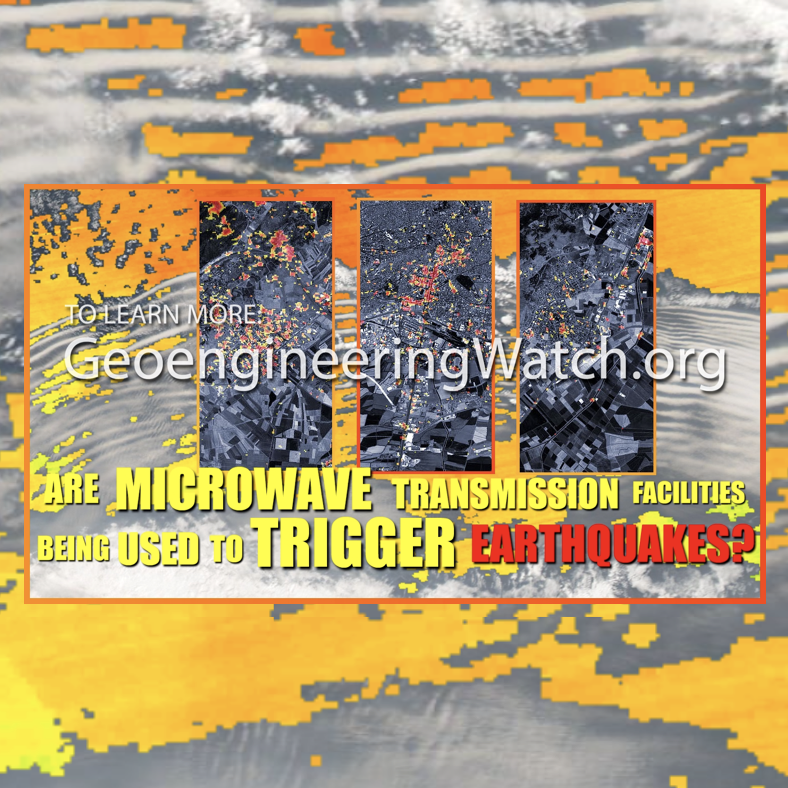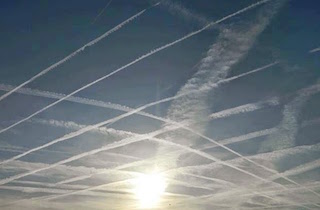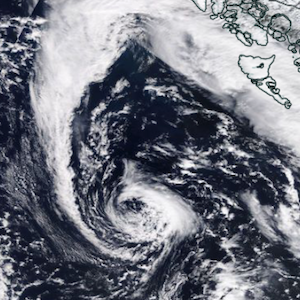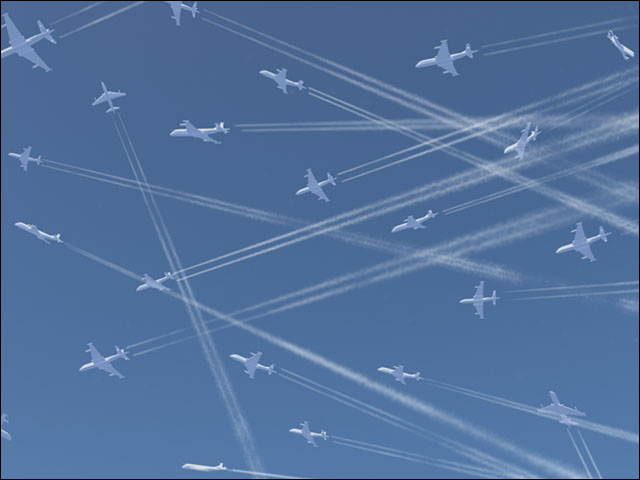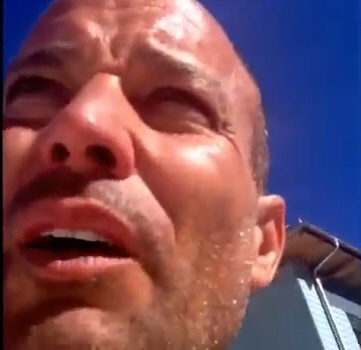Source: Common Dreams
Increase in ocean temperatures 'may not seem like a lot but it makes a big difference to corals,' scientists say
"The worst coral bleaching event ever recorded for the Marshall Islands has been occurring since mid-September," Karl Fellenius, a Majuro-based marine scientist with the University of Hawaii told AFP. Major bleaching has also been documented near Guam and the Commonwealth of the Northern Marianas Islands, the northwestern Hawaiian Islands, and Kiribati.
"When a coral reef bleaches, it's a lot more than just what happens to the individual corals, it's affecting the entire ecosystem present on that reef."
—Mark Eakin, NOAA
Bleaching occurs when corals are stressed by changes in conditions such as temperature, light, or nutrients, leading them to expel the algae (zooxanthellae) living in their tissues, which in turn causes the coral to become completely white.
After witnessing the phenomenon firsthand, the Guardian described "devastated expanses of coral that look like forests covered with snow."
In a National Ocean Service podcast earlier this month, Mark Eakin, coordinator for the National Oceanic and Atmospheric Administration's Coral Reef Watch, explained the effects of coral bleaching, on both an individual and ecosystem scale:
Now if the event is mild enough and doesn't last too long, the corals are able to recover their zooxanthellae, go back to normal. Although they have been stressed. They have been damaged. It does makes them more susceptible to other types of disease, just like you or I are more susceptible to the common cold if our bodies are stressed—if we're not getting enough sleep, not enough rest, a lot of stress at work, whatever. Now if the event is really severe, then the problem is when these algae are gone, the corals have lost most of their food source, so they're actually starving at this point. So the longer this lasts, the less other food that's available to them, the quicker the corals are going to die.
Now that's what happens at an individual level, but if you think about the entire reef what can happen is a reef that's bleached really badly, you've got all these corals spitting out their tissues and algae into the water. All of that is degrading. You get a lot of bacterial action. In really shallow areas the water starts to smell because you're getting all of this rotting tissue on the surface. You get this slick forming. The other thing though is it's not just the corals that are affected. Everything living on that reef is affected.
Sometimes you talk about wishing you could "unsee" something. When I was diving on reefs in Thailand during the major bleaching event in 2010, that is something that I would like to be able to erase and I can't. The corals were white. The fish were swimming around stunned—they didn't know where to go. The anemones were bleached white. Anemones also have zooxanthellae so they were bleaching as well. The clownfish weren't going into their anemones; they were swimming around, jumping into corals when they felt threatened rather than going into their anemones. The giant clams were bleached. They also have microscopic algae in their tissues. And everything just looked like it was in shock. The entire reef was in shock. So, when a coral reef bleaches, it's a lot more than just what happens to the individual corals, it's affecting the entire ecosystem present on that reef.
Fellenius said that for months, sea surface temperatures had been, on average, half to a full degree Celsius higher than normal, adding: "This does not seem like a lot but it makes a big difference to corals."
And they're not likely to get a break anytime soon. In early December, the World Meteorological Organization warned (pdf) that "steady warming of the tropical Pacific Ocean over the past two months has resulted in ocean surface temperatures reaching weak El Niño levels."
According to AFP, "[t]he Asian Development Bank warned last month that widespread coral bleaching would have a major impact on Pacific island nations, many of which are heavily reliant on tourism."




